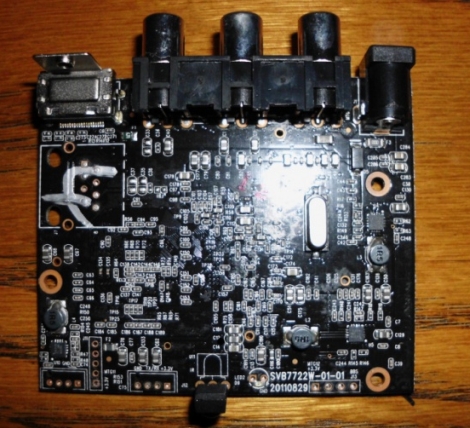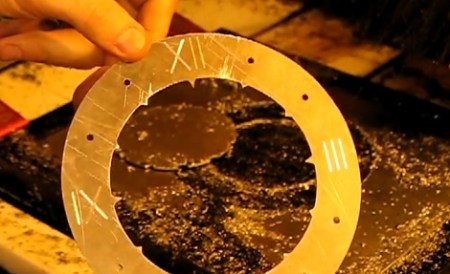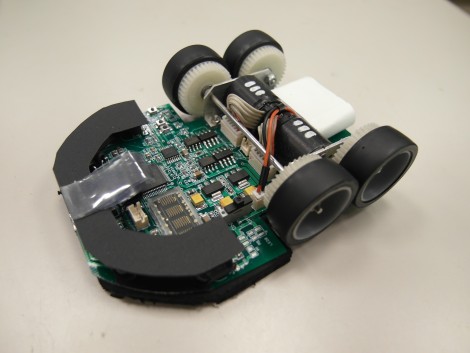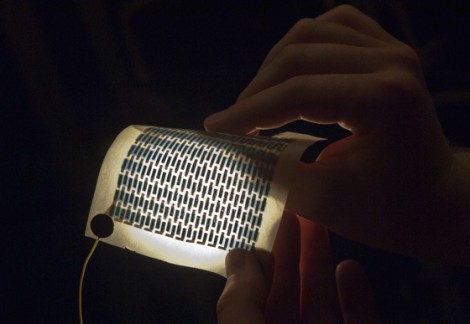
[David Anders] wrote in to share some details of a cheap little gadget he picked up at his local Wal-Mart. He scored the RCA DSB772WE media streaming box for $48, and so far it looks like it could be a promising addition to his living room.
He started a project page for the box, detailing some of his findings thus far. The device is MIPS based and runs the Linux kernel version 2.6.28.9 right out of the box. The networking components are based on the Broadcom BCM7615 chipset, though it looks to [David] that the Ethernet jack was removed at some point during production.
So far, he’s managed to get a serial console running on the device, along with an additional USB host connection. That’s about all the poking around he has done thus far, but seeing as the box can output a 1080p signal over HDMI, it could be a cheap substitute for an Apple TV or similar device.
If you happen to have one of these at home, or are planning on buying one, be sure to check out his project page and contribute any information you might be able to glean from it. We’re sure [David] would appreciate it, and we certainly look forward to seeing what else comes out of his hacking adventures.

















